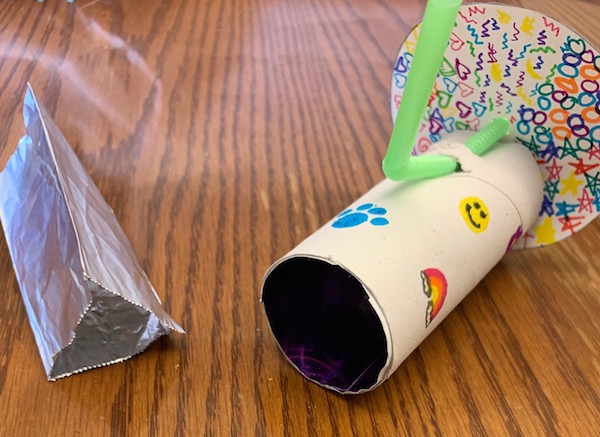

King are just a few names that made a big impression. Ike and Tina Turner, James Brown and B.B. The fun started at about 9 p.m., and people stayed to dance through to the last dance around 2 a.m.Įnglehart and his band studied many great performers who made the Evergreen their stop along the road between Portland and Seattle. People of all ages drove out to the edge of Lacey on what is now Pacific Avenue having bought a $1.25 ticket at a local shop or waited to purchase one at the door. The space was colorful with low lighting, and there was a bar at the other end. The ballroom inside the 1930’s barn-style roadhouse boasted 1,670 square feet of maple wood dance floor. We couldn’t be close enough.” Little Bill and the Blue Notes took to the stage at the Evergreen Ballroom in March 1962. We’d get there early and stand right next to it.

At one end of the ballroom was where we always made sure we stood. “The ballroom itself was mainly a dance floor where people would dance,” explains Englehart. They arrived early at the popular ballroom out on Highway 99 in Lacey, before the venue filled with people, so they could get a good spot to watch the performers. They bring in all the good groups.’ That’s how we found out about the place.” And I thought, ‘My God! What’s this?’ I asked if it was in Olympia, and he said, ‘yeah, you’d like it out there. “I’m not sure which one of us, but one of us saw this poster on the wall that said, ‘The Evergreen Ballroom’ and a date and who would be playing there. “We would never have known about the Evergreen Ballroom except that we used to hang out at a record store on lower Broadway in Tacoma and they let us play all the records,” says Bill Englehart as he retells the story. Driven to succeed as a band, they studied the greats, and one day they learned of a placed called the Evergreen Ballroom. They practiced in Bill’s garage, and they managed and promoted their own teen dances, renting dancehall space while their girlfriends made posters. Aptly named, they played the blues, but they also played rock-and-roll to masses of dancing teenagers. In the mid-1950s, Bill Englehart, Buck Ormsby, Lassie Aanes and Frank Dutra formed their own band, The Bluenotes, later becoming Little Bill and The Bluenotes.

Looking forward to 1,670 square feet of maple wood dance floor and popular headlining bands, people drove out to the 1930s dance hall on the edge of Lacey. They not only electrified the patrons who came to dance until dawn, but they ignited the sparks of ambition in the bands who came to learn from them. Singers and performers of phenomenal talent headlined at the Lacey dancehall out on Old Highway 99 for almost seven decades. One of those bands was Little Bill and The Bluenotes, who not only studied the greats at the microphone, but who eventually took command of the stage themselves. The Green was more than just the local, rock-and-roll, dance-all-night roadhouse. School for aspiring, young musicians, that is. It is a little-known fact that school was actually in session at the Evergreen Ballroom.


 0 kommentar(er)
0 kommentar(er)
